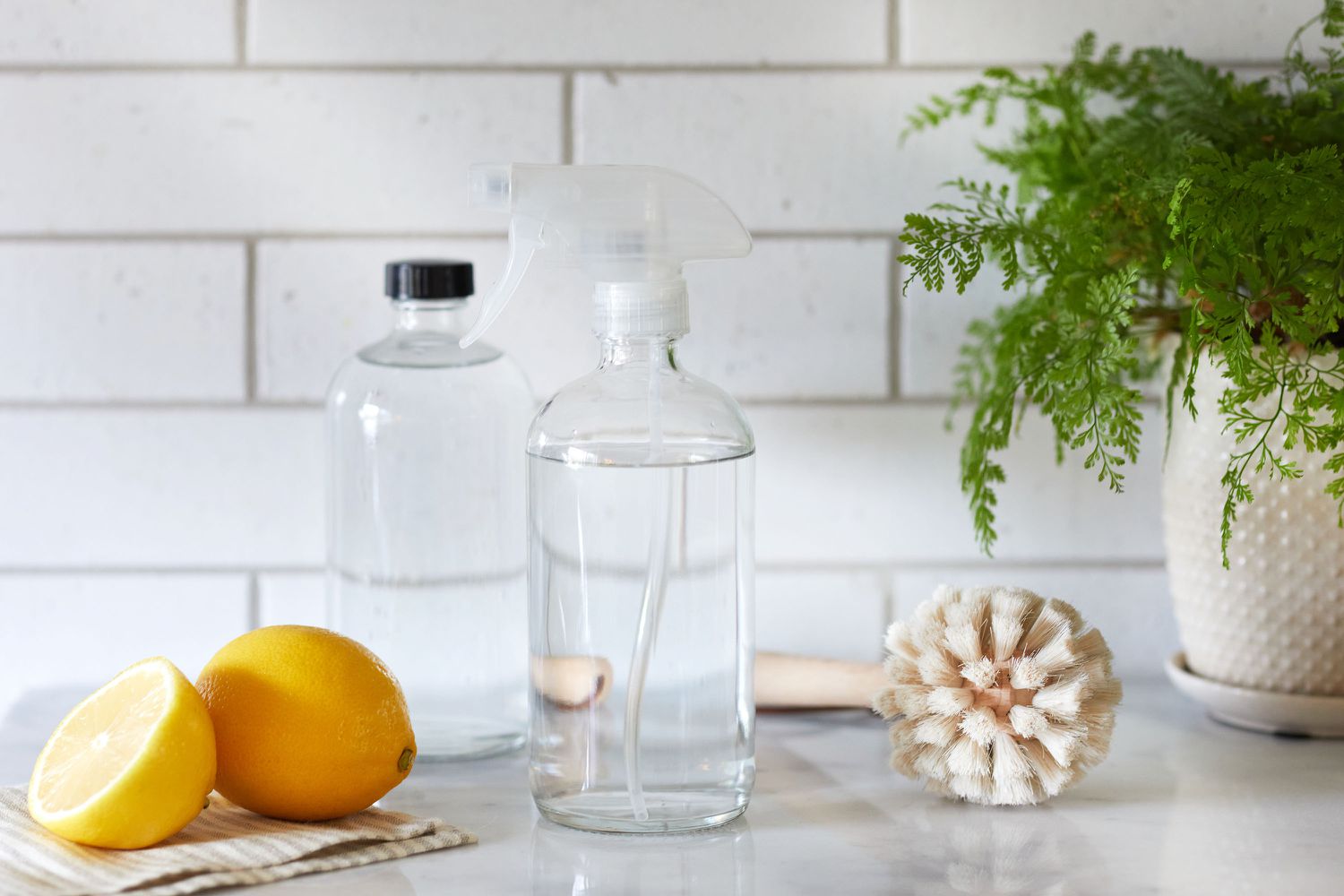In our pursuit of a healthier lifestyle, the cleanliness of the food we consume plays a crucial role. While fruits are natural sources of essential nutrients and vitamins, they can also harbor contaminants such as pesticides, wax, and dirt. Cleaning fruits thoroughly not only enhances their taste but also ensures that they are safe for consumption. Here’s a comprehensive guide to using fruit cleaners effectively for a healthier home.
Understanding the Importance of Fruit Cleaning
Fruits, despite their natural appeal, can carry residues from pesticides used during cultivation, as well as wax coatings applied to enhance shelf life and appearance. These residues can linger on the surface, potentially causing health concerns if ingested. Therefore, cleaning fruits before consumption is essential to remove these contaminants and ensure they are safe to eat.
1. Start with a Simple Water Rinse
The first and most basic step in cleaning fruits is rinsing them under cool, running water. This helps remove surface dirt, debris, and some pesticide residues. For fruits with firmer skins like apples or cucumbers, gently rub them with your hands or use a soft brush to enhance the cleaning process.
2. Enhance Cleaning with Vinegar Solution
For a more thorough cleanse, especially effective for fruits with porous surfaces like berries, consider using a vinegar solution. Mix one part white vinegar with three parts water in a bowl or spray bottle. Soak the fruits for a few minutes in this solution, then rinse them thoroughly under running water. Vinegar’s natural acidity helps break down wax coatings and pesticide residues effectively.
3. Utilize Baking Soda for Stubborn Contaminants
Baking soda is another effective cleaner that can help remove pesticide residues and wax from fruits. Create a paste by mixing baking soda with water, and gently scrub fruits with a soft brush or cloth. Rinse the fruits thoroughly afterward to ensure no residue remains.
4. Opt for Commercial Fruit Washes
For added convenience and effectiveness, commercial fruit washes are available in the market. These products are specifically formulated to remove pesticides, wax, and other contaminants from fruits. Follow the instructions on the product label for the best results.
5. Proper Drying Techniques
After cleaning, it’s crucial to dry the fruits properly to prevent mold growth. Pat them dry with a clean cloth or paper towel. Avoid air-drying fruits with smooth surfaces directly on countertops, as this can promote bacterial growth.
6. Considerations for Organic Produce
While organic fruits are grown without synthetic pesticides or fertilizers, it’s still advisable to rinse them thoroughly to remove any dirt or debris. This ensures that even organic fruits are clean and safe for consumption.
7. Tailor Cleaning Methods to Specific Fruits
Different fruits may require specific cleaning methods. Delicate berries should be handled with care to prevent bruising, while citrus fruits may benefit from a quick scrub to remove wax coatings.
Conclusion: Enjoying Fruits with Confidence
By incorporating these sparkling solutions into your fruit cleaning routine, you can enjoy your favorite fruits with confidence, knowing that you’ve taken steps to ensure their safety and freshness. Whether you prefer a simple water rinse, a vinegar soak, or a commercial fruit wash, each method contributes to a healthier diet and a cleaner home environment.
Remember, the effort you invest in cleaning your fruits pays off in the form of safer, more delicious produce. Make fruit cleaning a habit in your household and savor the natural goodness of fruits with every bite, knowing that you’ve prioritized your health and well-being.
